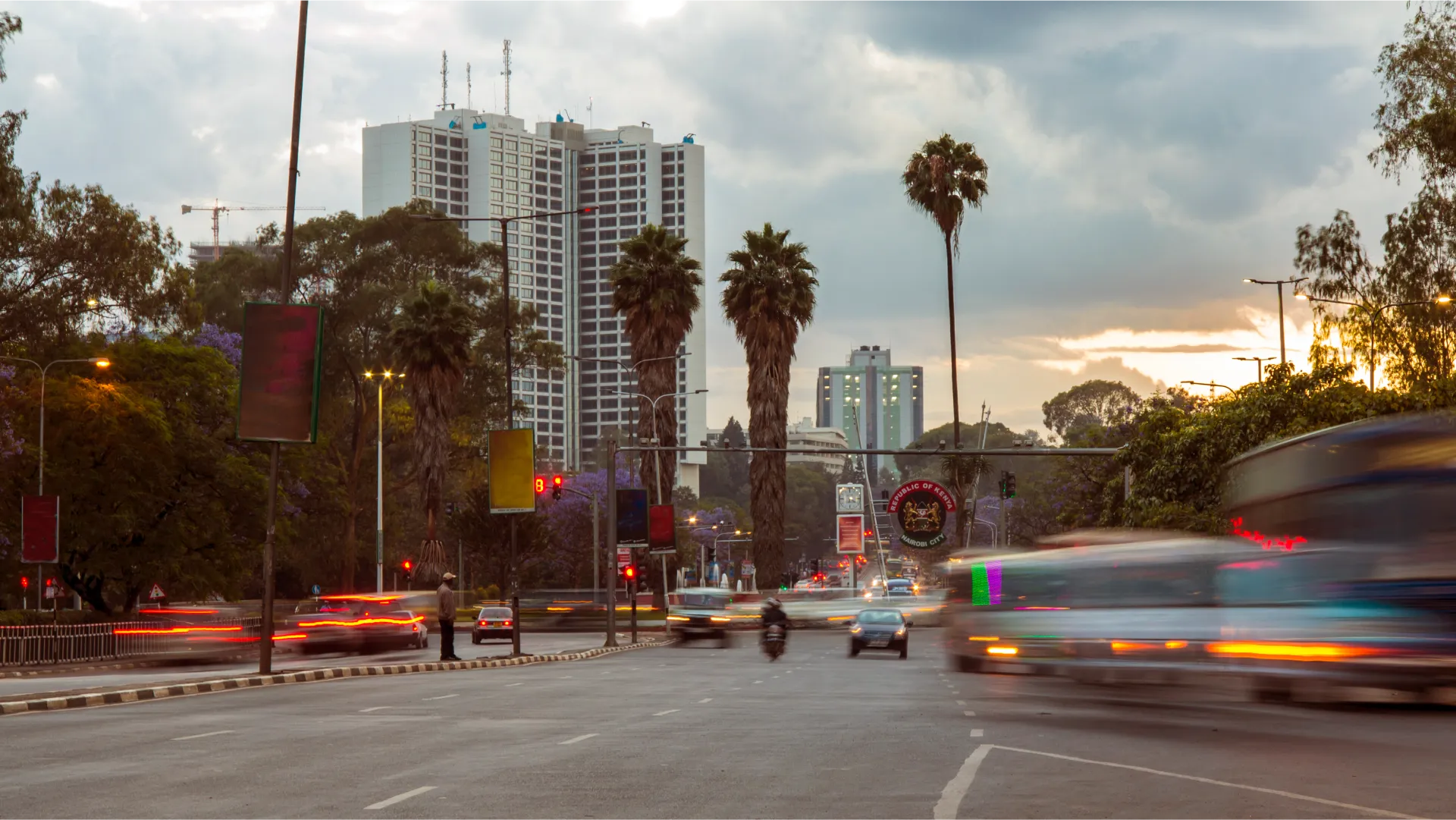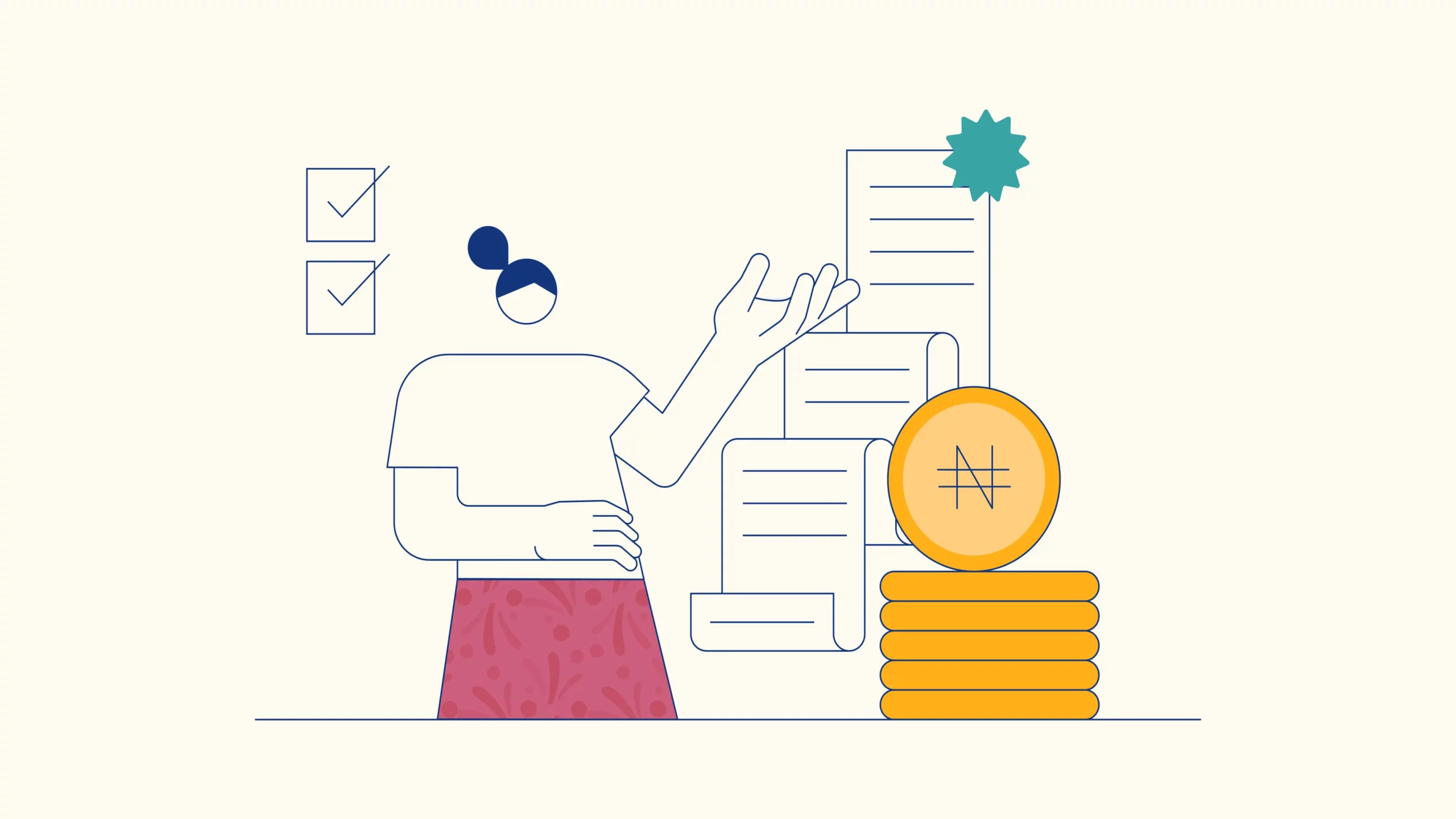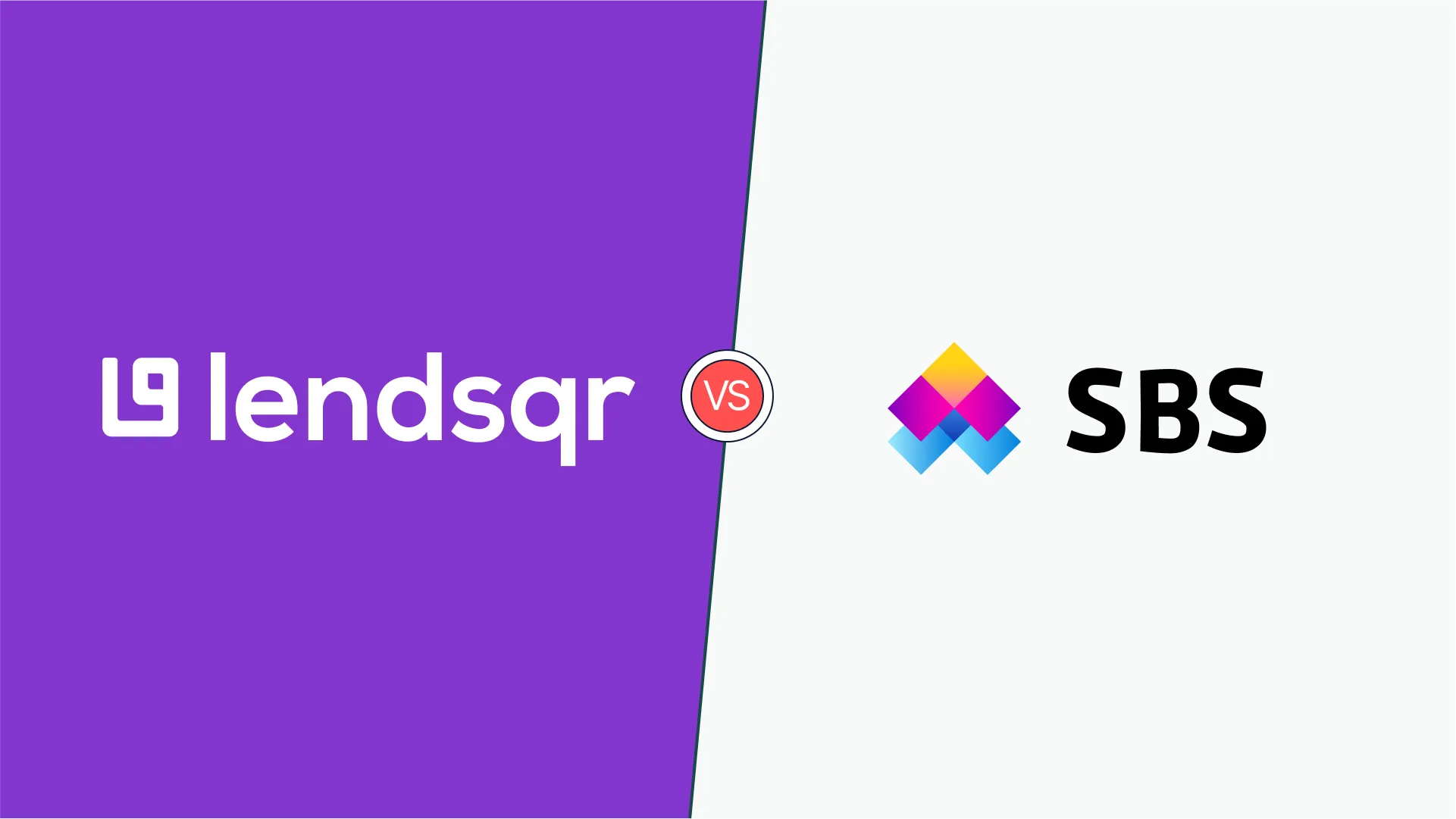Why using bank statements is important for loan decisions
Bank statements have proven to be a solid tool for assessing a borrower’s capacity to take a loan. Sometimes, it may even be a means of assessing their character as well (Interesting right? Stay tuned).
Effective strategies to market your loan products
As of 2023, the global lending market was valued at over $7 trillion, with thousands of institutions vying for the attention of borrowers. So, how do you make your loan products stand out in such a full market?
Top loan management software for Jamaicans: Lendsqr vs. Soprabanking
This article skips the usual pitches about how stressful loan management can be. You’re already living it. Instead, we’re looking into two contenders that promise to transform how you manage loans in Jamaica: Lendsqr and Soprabanking.




